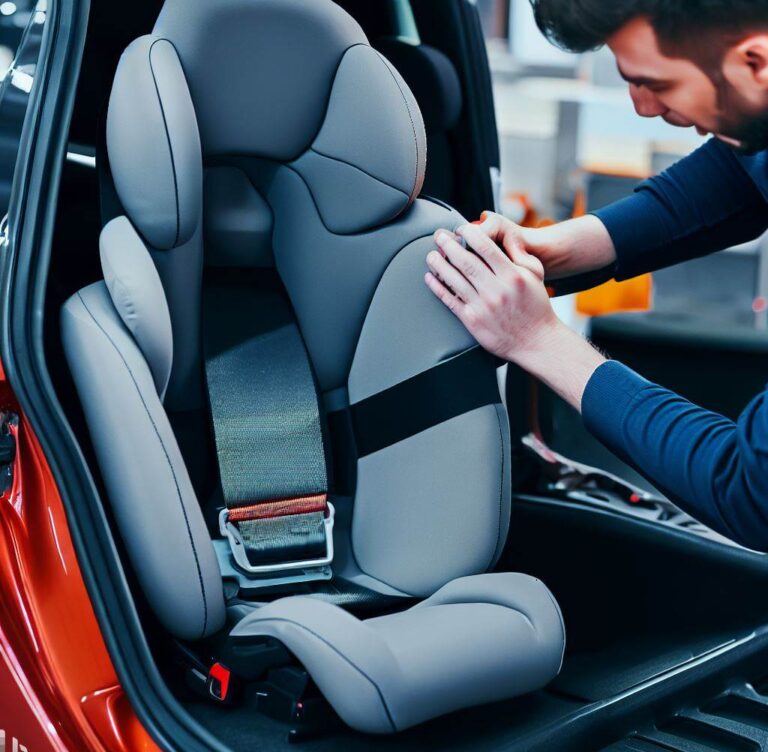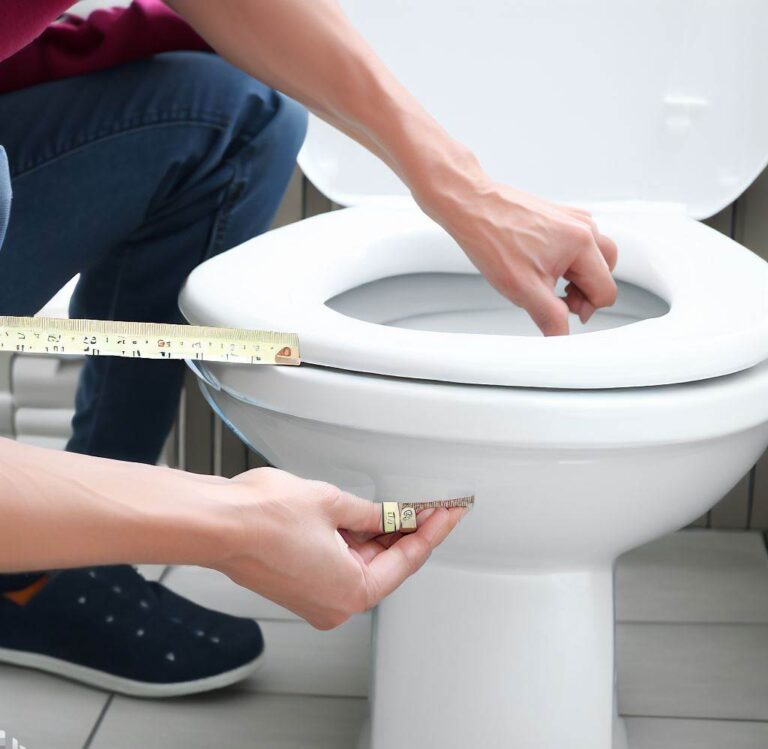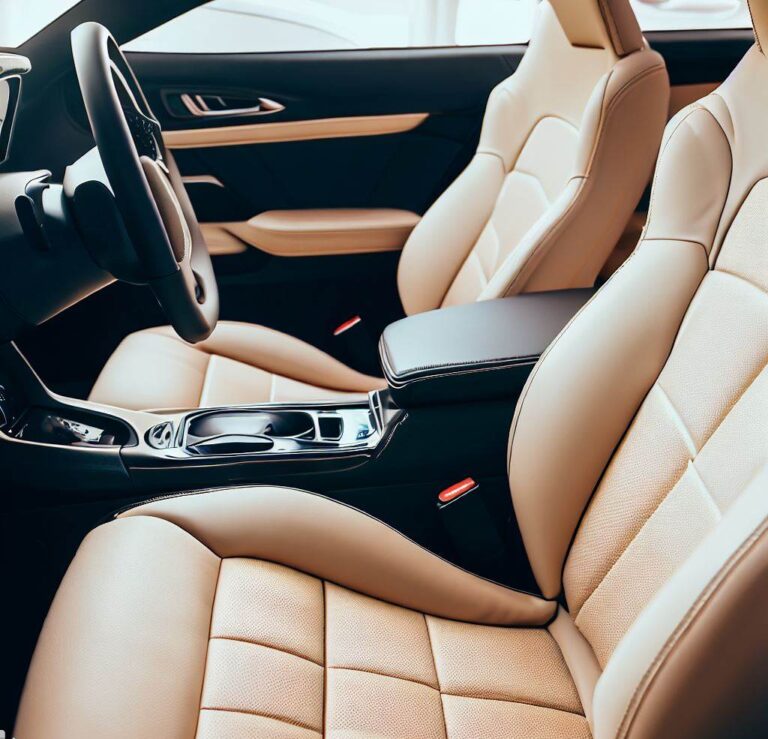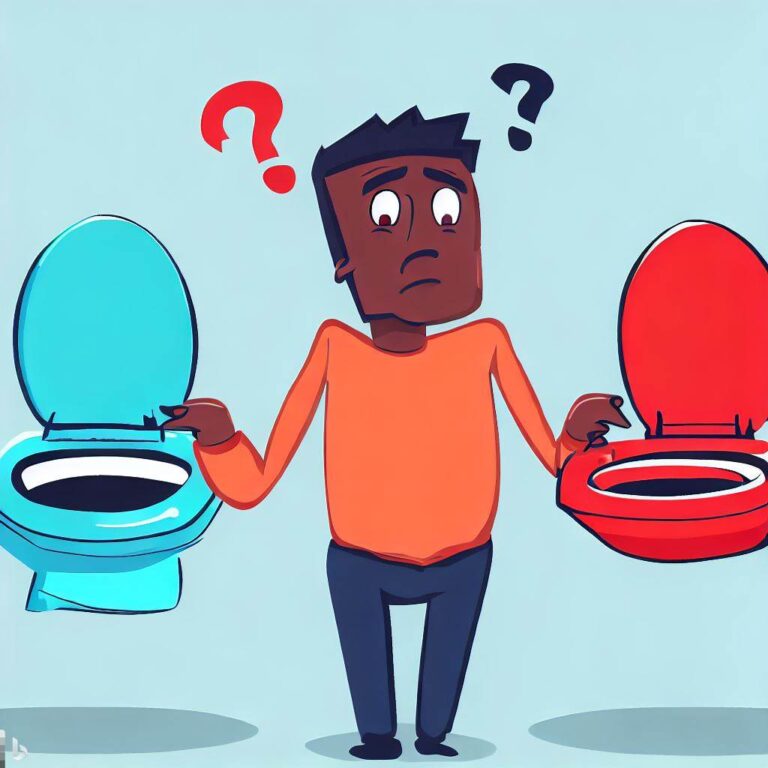Decoding Safety: Are Bumbo Seats Safe for Your Child?
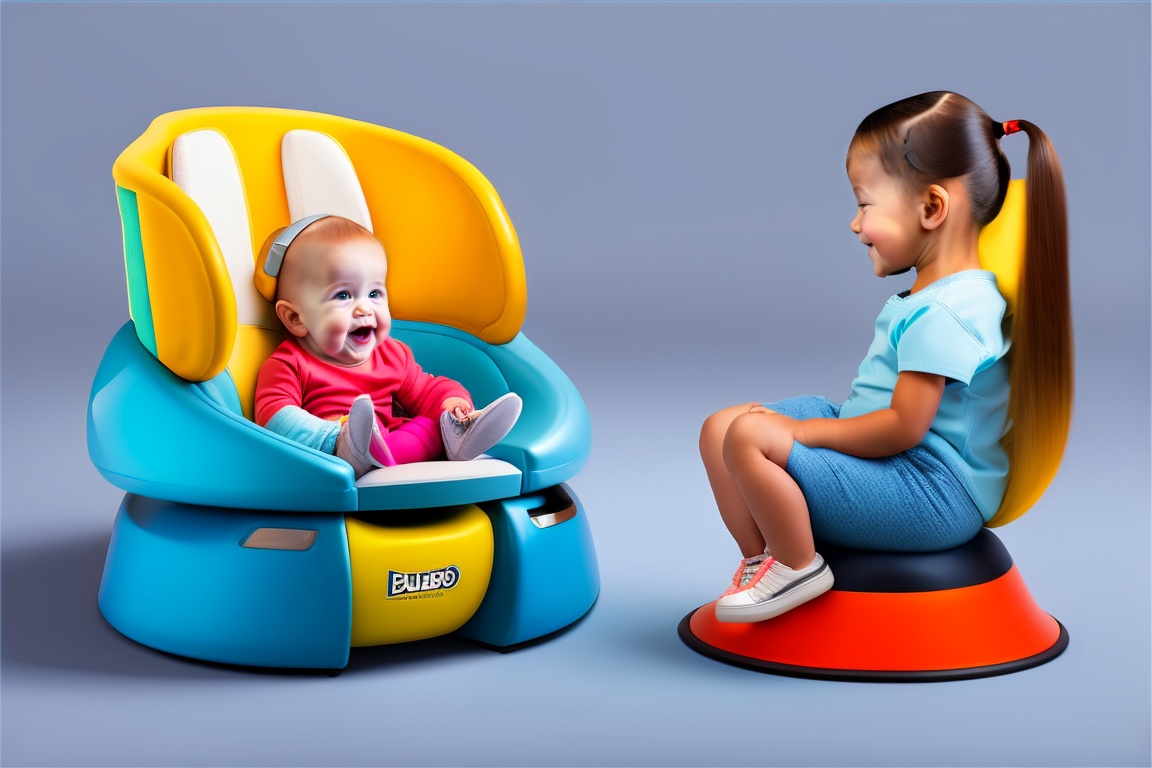
Bumbo seats have gained popularity among parents as a tool to help their babies learn to sit up. However, their safety has been a topic of debate. In this article, we’ll discuss are Bumbo Seats safe, when babies can use Bumbo seats, how they aid in teaching babies to sit up, and the precautions parents should take to ensure their children’s safety.
- Are Bumbo Seats Safe to Use for Babies
- When Can a Baby Sit in a Bumbo Seat?
- The Importance of Posture and Positioning
- Importance of a Supportive Environment
- How Do Bumbo Seats Help Babies Learn to Sit?
- Do Bumbo Seats Help Babies Sit Up?
- What Are the Precautions for Using a Bumbo Seat?
- Alternative Options to Bumbo Seats
- Conclusion
- Frequently Asked Questions
Are Bumbo Seats Safe to Use for Babies
Bumbo seats have been the subject of some controversy over the years, with experts questioning their safety. In 2012, the Consumer Product Safety Commission (CPSC) issued a recall of Bumbo seats due to safety concerns. The recall was issued after reports of infants falling out of their seats and suffering injuries.
Since then, the manufacturer has changed the seat’s design, including adding a restraint belt and a warning label reminding parents to use the seat on the floor and never on an elevated surface. While Bumbo seats can be a helpful tool for parents, it’s essential to follow the manufacturer’s instructions and use the seat only for short periods while supervising the child.
When Can a Baby Sit in a Bumbo Seat?
Bumbo seats are utilized by both pediatricians and parents for babies who have difficulty sitting up or standing on their own. These seats are safe and can help your child sit up independently. To ensure your baby’s safety in a Bumbo seat, consider the following tips:
Choose the right size:
Bumbo seats are available in various sizes and age ranges. Select a seat that fits your baby’s age, height, and weight. This will ensure that the seat provides adequate support for your baby’s needs. The infant seat is designed for babies aged 4 to 7 months and has a weight limit of 31-50 pounds. The toddler seat is suitable for children aged 12 to 16 months and weighs between 50-90 pounds.
Proper fit:
The Bumbo seat should have five straps that fit snugly around your baby’s body, ensuring they are securely seated and cannot accidentally fall out of the seat.
The Importance of Posture and Positioning
When using a Bumbo seat, paying attention to your baby’s posture and positioning is essential. A correctly positioned infant will have their back supported by the seat’s backrest, while their hips and knees should be bent comfortably. This positioning promotes proper spinal alignment and encourages the development of good posture as your child grows.
Importance of a Supportive Environment
Creating a supportive environment for your baby’s growth and development goes beyond choosing the right products like Bumbo seats. Parents should provide a nurturing and stimulating environment that encourages exploration and learning.
This can include activities like reading to your baby, providing age-appropriate toys, and engaging in interactive play. By fostering a supportive environment, parents can ensure their baby’s well-being and set the stage for healthy growth and development.
How Do Bumbo Seats Help Babies Learn to Sit?
Bumbo seats are designed to support babies in an upright position, enabling them to develop the muscles required for sitting up independently. The seat has a rounded bottom and a backrest that supports the baby’s lower back. Its design encourages babies to use their muscles for balance and stability, which helps them develop core strength for sitting up.
In addition to building core strength, Bumbo seats can help babies to develop their motor skills and hand-eye coordination. By being upright, infants have a more comprehensive perspective of their environment, making it easier for them to interact with toys, books, and other objects. This interaction promotes the development of fine motor skills and cognitive abilities.
Do Bumbo Seats Help Babies Sit Up?
Bumbo seats can be beneficial for babies who cannot yet sit up on their own. They offer support and stability, helping babies learn to balance and develop the necessary muscles for sitting up. However, it is essential to note that Bumbo seats should not replace floor time or other activities that encourage babies to develop their muscles and motor skills.
Floor time is crucial for babies as it allows them to explore their environment, develop their muscles, and practice different movements like rolling, crawling, and walking. Parents should ensure that their babies have ample floor time in addition to using Bumbo seats to promote overall development.
What Are the Precautions for Using a Bumbo Seat?
While Bumbo seats can be a helpful tool for parents, certain precautions should be taken to ensure the baby’s safety:
- Supervision: Babies should always be supervised while using a Bumbo seat. This ensures that they are safe and prevents accidents like falling out of the seat or getting stuck in an uncomfortable position.
- Stable surface: The seat should be placed on a flat, stable surface and never on a raised surface such as a table or countertop. This reduces the risk of the seat tipping over or the child falling from a height.
- Proper leg fit: Ensure that your baby’s legs fit comfortably in the leg openings of the seat. If the leg openings are too tight, they can restrict blood flow and cause discomfort for the child.
- Short durations: Bumbo seats should be used for short periods, typically no more than 15-20 minutes at a time. Prolonged use can cause strain on your baby’s developing muscles and may hinder their overall development.
- Balance with other activities: Bumbo seats should not be used as a substitute for floor time or other activities that encourage babies to develop their motor skills. Make sure to balance using Bumbo seats with other developmental activities to promote well-rounded growth.
Alternative Options to Bumbo Seats
If you’re concerned about the safety of Bumbo seats or if your baby is uncomfortable in the seat, there are alternative options available:
- Floor time: As mentioned earlier, floor time is crucial for a baby’s development. Encourage your baby to play and explore their surroundings on the floor. This will help them develop their muscles, balance, and motor skills.
- Supportive cushions: Some parents use supportive cushions or pillows to prop their babies up sitting. These can be used on the floor, providing a soft and comfortable surface for your baby to practice sitting up.
- Baby chairs: Various baby chairs are available on the market that offers support and stability for babies learning to sit up. These chairs often come with additional features like adjustable recline positions, removable trays, and toys to keep your baby entertained.
Conclusion
It is essential to balance the use of Bumbo seats with other developmental activities, such as floor time, to encourage well-rounded growth and development.
Bumbo seats can be a useful tool for helping babies learn to sit up independently, but their safety has been debated. By following the guidelines and precautions outlined in this article, parents can ensure the safety of their baby while using a Bumbo seat.
While Bumbo seats can be helpful, alternative options are available for parents concerned about safety or whose babies are not comfortable in the seat. These include floor time, supportive cushions, and baby chairs.
By being informed about the benefits and potential risks of Bumbo seats and other similar products, parents can make the best decisions for their baby’s growth and development.
Frequently Asked Questions
-
Are Bumbo seats suitable for all babies?
Bumbo seats are designed for babies who cannot yet sit up on their own and can support their own head and neck. However, some babies may not be comfortable in the seat or may not fit comfortably in the leg openings.
-
How long can a baby sit in a Bumbo seat?
Bumbo seats should only be used for short periods, and babies should always be supervised. The manufacturer recommends that babies use the seat for no more than 15-20 minutes at a time.
-
Can Bumbo seats cause developmental delays?
While Bumbo seats can be a helpful tool for babies learning to sit up, they should not be used as a substitute for floor time or other activities that encourage babies to develop their motor skills. Overuse of a Bumbo seat could delay a baby’s development.
-
Can the Bumbo seat be used as a high chair?
No, the Bumbo seat is not intended to be used as a high chair. They should only be used on a flat, stable surface and should never be placed on a raised surface such as a table or countertop.
-
Are there any other safety concerns with Bumbo seats?
Besides ensuring that the seat is used on a flat, stable surface and under supervision, parents should also ensure that their baby’s legs fit comfortably in the leg openings and that the seat is used for short durations only. Following these precautions and the manufacturer’s instructions will help reduce safety concerns associated with Bumbo seats.


